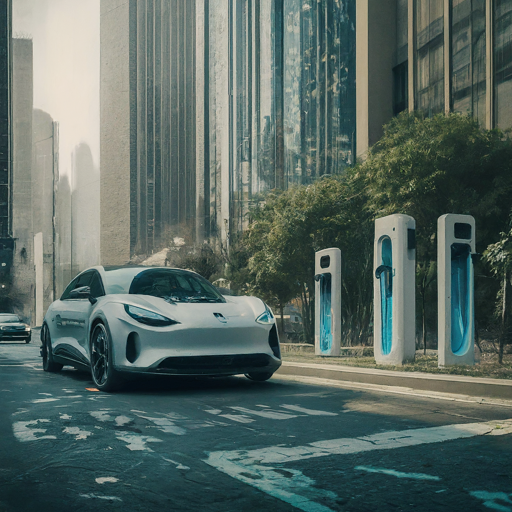Trending
Electrifying the Roads: A Glance at the Global Electric Vehicle Outlook

Overview of Electric Vehicle Adoption
The International Energy Agency (IEA) forecasts a significant surge in electric vehicle (EV) adoption, with projections indicating that more than one in five cars sold worldwide this year will be electric. This trend is anticipated to continue over the next decade, reshaping the global auto industry and leading to a substantial reduction in oil consumption for road transport. The latest edition of the IEA’s Global EV Outlook provides insights into this transformative shift.
Current Landscape and Projections
In 2024, China is expected to lead the electric car sales, with approximately 10 million units, comprising 45% of all car sales in the country. Meanwhile, the United States and Europe are projected to witness substantial growth, with electric cars accounting for one in nine and one in four cars sold, respectively. These figures build on the record-breaking 2023, where global electric car sales surged by 35%.
Factors Driving Growth
Factors such as substantial investment in the EV supply chain, supportive policies, and declining EV and battery prices are driving this growth trajectory. Under current policy settings, every other car sold globally is projected to be electric by 2035, with even more ambitious targets if countries’ energy and climate pledges are met.
Impact on the Auto Industry and Energy Sector
The rise of electric vehicles is poised to have profound implications for both the auto industry and the energy sector. This transition is expected to alleviate the need for around 12 million barrels of oil per day by 2035, equivalent to current road transport demand in China and Europe combined.
Manufacturers’ Response
Manufacturers have made significant strides to meet the growing demand for EVs, with substantial investments in battery production capacity. While the pace of the transition may vary, affordability remains a key factor. Efforts to reduce upfront costs, coupled with lower operating expenses, are making EVs increasingly attractive to consumers.
Global Charging Infrastructure
Ensuring the availability of public charging infrastructure is essential for sustained EV growth. While the number of public charging points has increased significantly, further expansion is needed to meet growing demand. Policy support and strategic planning are vital to prevent strain on electricity grids.
Conclusion
The global EV revolution is poised to enter a new phase of growth, driven by technological advancements, policy support, and changing consumer preferences. As EV adoption continues to accelerate, stakeholders across industries must collaborate to address challenges and seize opportunities for a sustainable transport future.
